Are you curious to learn how to track QR codes with Google Analytics? Integrating QR code tracking can provide invaluable insights into who engages with your scannable codes and where they end up.
This information is crucial for evaluating the effectiveness of your QR code marketing, whether they’re placed on posters, flyers, or digital platforms. But how can you differentiate the impact of QR codes versus other traffic sources?
This guide will walk you through the simple process of how to track QR codes with Google Analytics, empowering you to make data-driven decisions about your campaigns.
The Benefits of Monitoring QR Code Engagement
Tracking your QR codes offers a wealth of advantages. Here’s why you should consider implementing this strategy:
- Audience insights: Gain a deeper understanding of the demographics and interests of those scanning your QR codes, allowing you to refine your targeting.
- Performance metrics: Measure the number of website visits your QR code initiatives generate, providing proof of their effectiveness.
- Campaign optimization: Analyze the campaign performance of different QR code placements and strategically adjust your approach. For example, you may find that a QR code on a park poster outperforms one in a busy urban setting.
- Efficient budgeting: By identifying your most successful QR code tactics, you can allocate resources more informed, investing more in what works and less in what doesn’t.
- Immediate feedback: Obtain real-time user insights and campaign performance data without relying on lengthy reporting cycles.
You can make informed, data-driven decisions to enhance your marketing efforts and achieve your goals by tracking your QR codes.
How to track QR codes with Google Analytics
Effective QR code tracking boils down to leveraging UTM parameters within your URLs. UTM parameters are unique snippets of code that attach to the end of your links, serving as a signal for Google Analytics to monitor visits from specific sources.
This setup allows for precise tracking and analysis of how individual QR codes contribute to your website traffic.
If your website is built on WordPress, the best tool is ExactMetrics. This plugin lets you create URLs with UTM codes directly from your WordPress dashboard and provides a dedicated QR code tracking (campaigns) report within your admin panel.
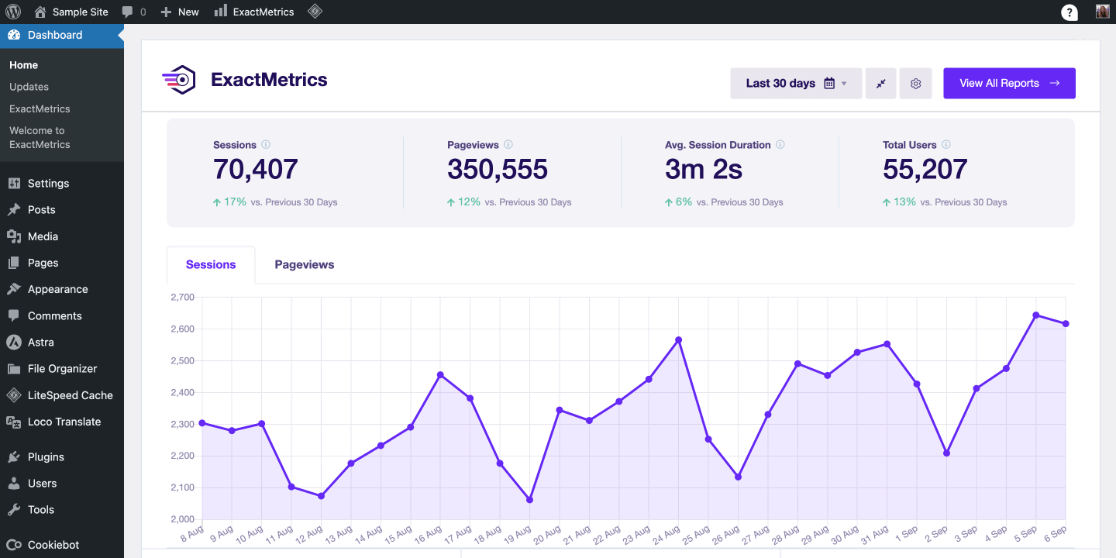
For non-WordPress users, Google’s URL builder tool is an excellent alternative for crafting these custom links.
By utilizing UTM parameters, you equip Google Analytics with the necessary tools to report on your QR code campaigns, empowering you to measure success and refine your approach for optimal performance.
Below, we’ll get into a step-by-step guide on how you can track your QR codes in Google Analytics.
Step 1: Install and Activate ExactMetrics
To begin tracking your QR codes with Google Analytics, you can construct a custom URL using the URL builder within ExactMetrics.
Don’t have a WordPress site? Use a different URL builder tool and proceed to step 3.
Start by setting up the ExactMetrics plugin on your WordPress website. As the leading WordPress Google Analytics plugin, it seamlessly integrates with Google Analytics, eliminating the need for coding or a developer.

With ExactMetrics, you can access advanced tracking features, including monitoring file downloads, tracking affiliate links, keeping tabs on clicks for outbound links, and much more.
Viewing Google Analytics data directly within your WordPress dashboard is convenient, as it simplifies the process of analyzing your website’s performance.
To get started, acquire a license at the Plus level or above to unlock your WordPress admin’s QR code tracking report. While the URL builder tool is available in the free version of ExactMetrics, you won’t have access to the report within WordPress, and you’ll need to retrieve the data directly from Google Analytics.
Next, download the necessary files from your account area and upload the plugin to your WordPress website.
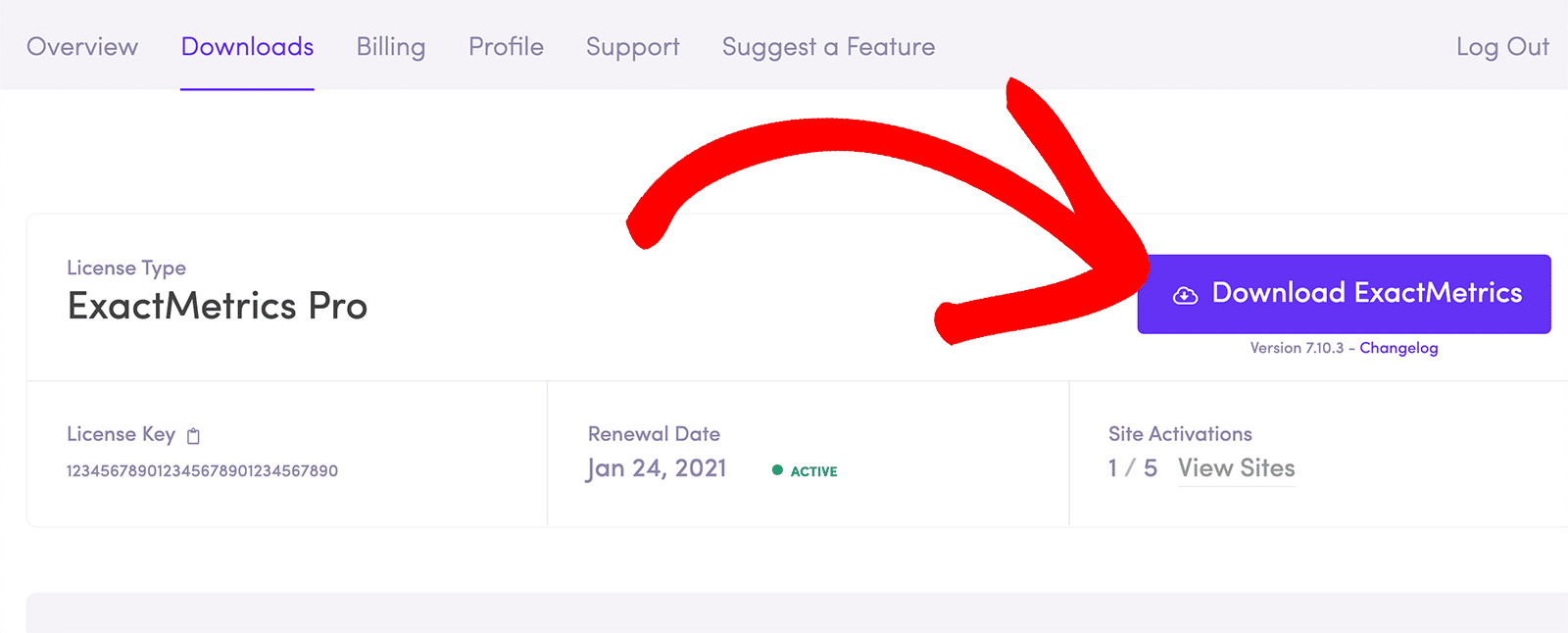
Then, activate the plugin.
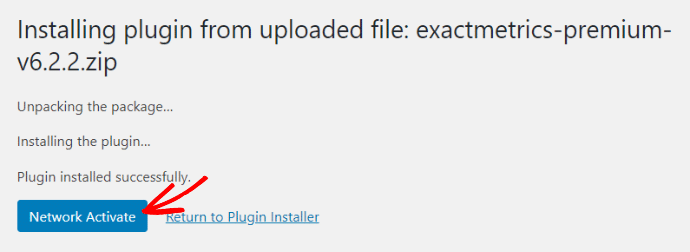
If you need assistance, read this guide on how to install a WordPress plugin.
Finally, connect Google Analytics to your WordPress site using ExactMetrics’ straightforward setup wizard.
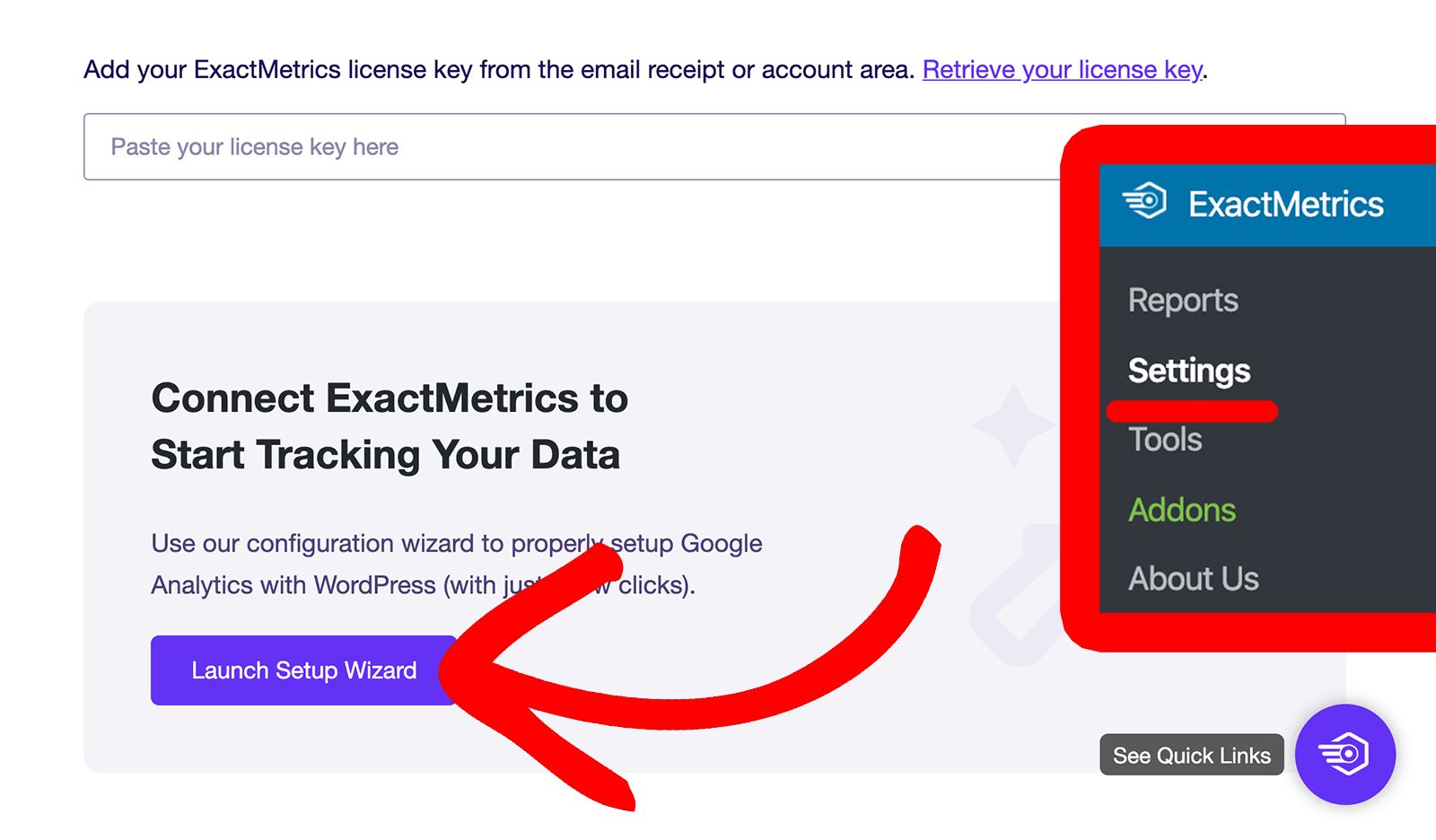
Step 2: Create a Custom URL for Your QR Code
The next step in setting up QR code tracking with Google Analytics involves crafting a unique link with UTM parameters.
Navigate to the ExactMetrics » Tools section of your WordPress dashboard.
Here, you can input the URL of the website where you want to direct your QR code scanners and provide detailed information about your campaign for precise tracking in Google Analytics.
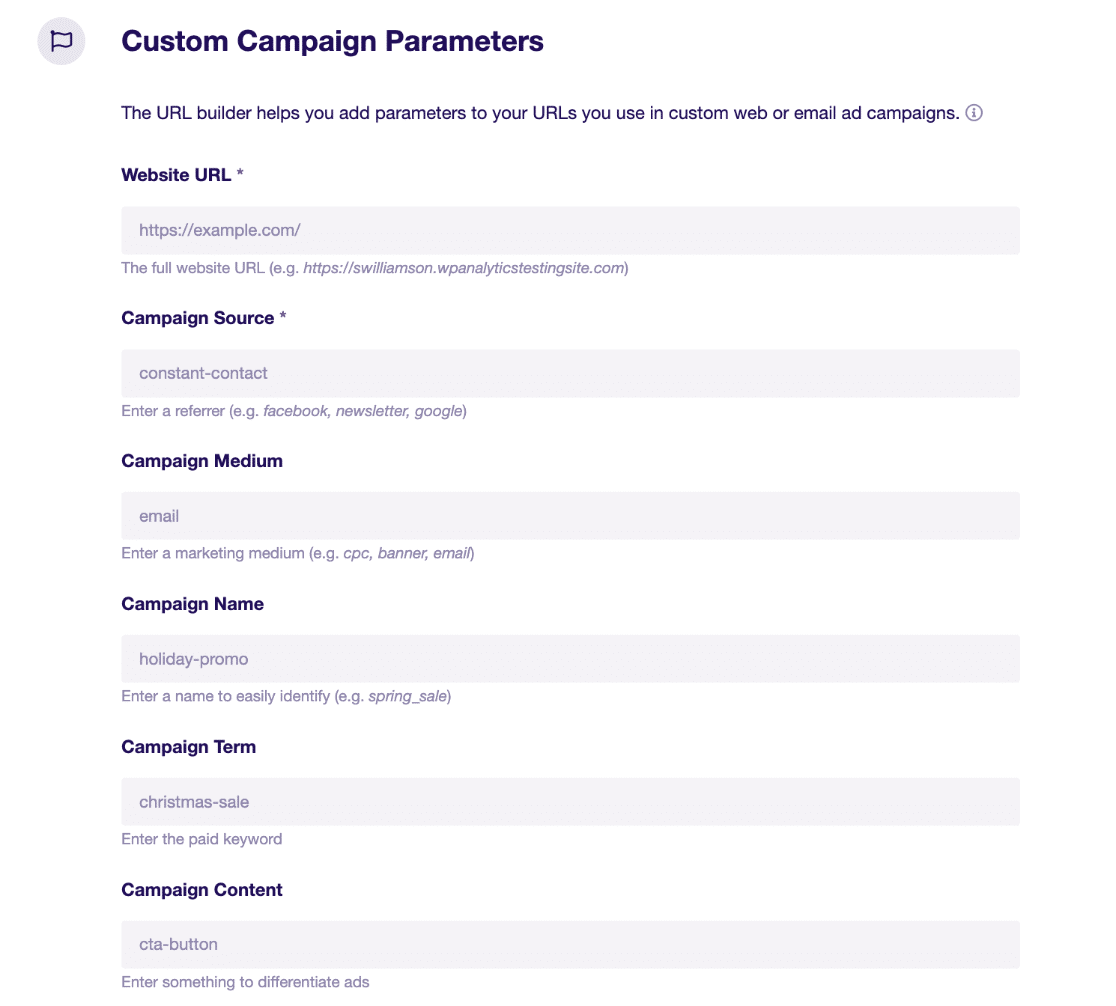
The URL builder presents six fields to fill, although only the Website URL and Campaign Source are mandatory:
- Website URL: Enter the destination URL for your QR code scans.
- Campaign Source (utm_source): Specify the origin of your traffic, such as qr_code_campaign_1.
- Campaign Medium (utm_medium): Indicate the medium through which the campaign will be presented, for example, QR, email, or CPC.
- Campaign Name (utm_campaign): Assign a unique name to your campaign for easy identification, like qr_summer_sale.
- Campaign Term (utm_term): This optional field is useful for paid search campaigns, allowing you to tag specific ad keywords, such as summer+shoes.
- Campaign Content (utm_content): Utilize this for A/B testing by differentiating between your QR code campaign variations, for instance, text_link vs image_link.
Once you’ve filled in the necessary details, copy the custom URL and direct your QR code to it.
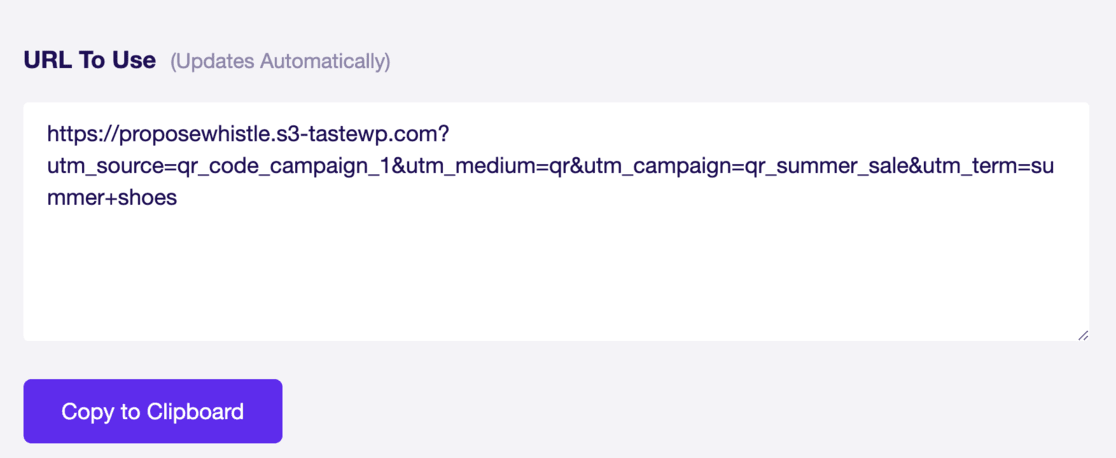
This unique link will transfer the parameters you’ve configured to Google Analytics each time it’s visited, enabling you to track the performance of your QR code accurately.
Step 3: Analyze Your QR Code Campaign Performance
After setting up your custom URL for QR code tracking, the next step is to review the effectiveness of your QR code campaigns once they’ve been launched.
Using ExactMetrics, you can easily monitor your campaign’s performance directly from your WordPress admin. (If you’re not using WordPress, proceed to the Google Analytics instructions).
Navigate to the ExactMetrics » Reports section and select the Campaigns tab.
Here, you’ll find the number of visitors each QR code campaign has driven to your site (the Campaign column displays your utm_campaign tags) and crucial metrics such as the revenue generated by each campaign.
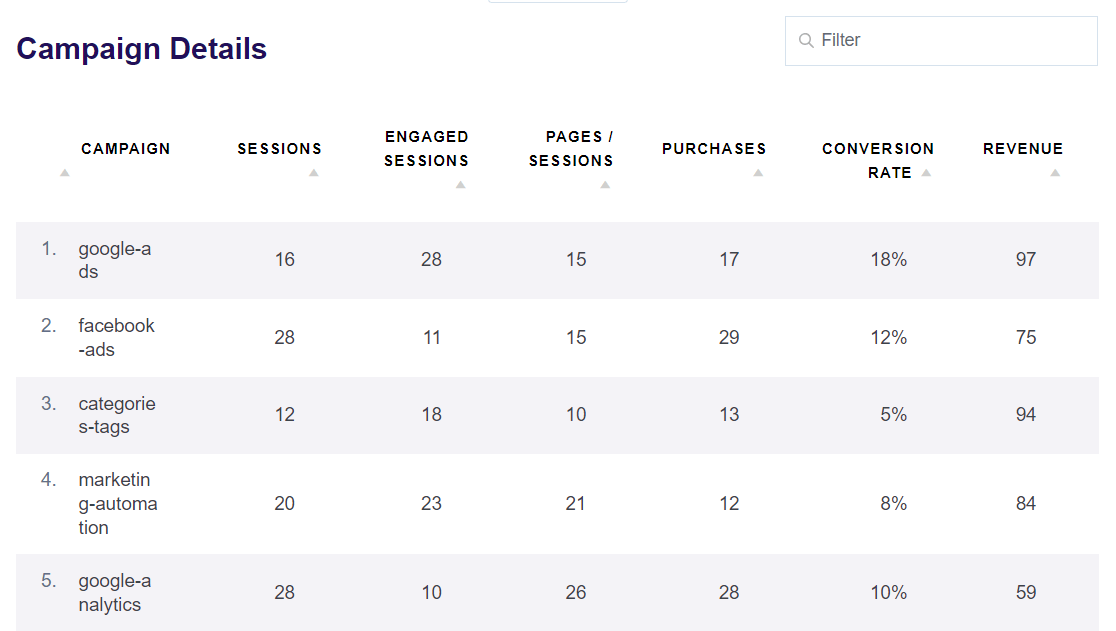
Go to the Acquisition » Traffic Acquisition report for those using Google Analytics.
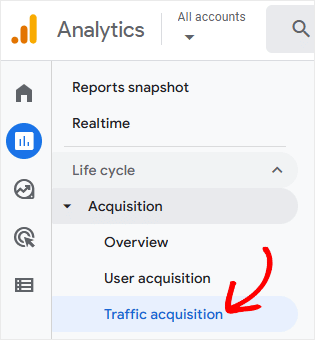
Switch your view by selecting Session campaign from the dropdown menu. This will display a list of all your campaigns:
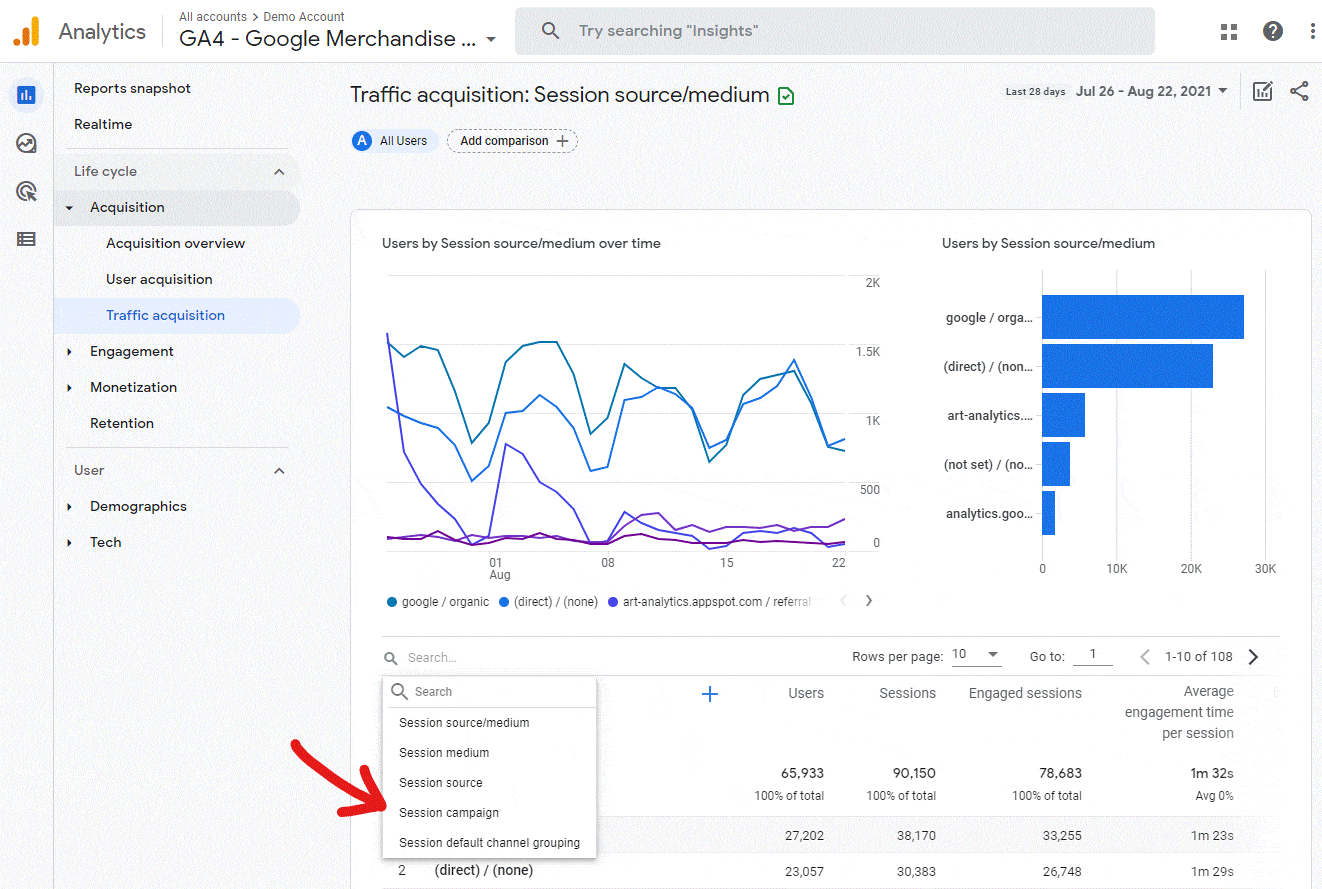
To dig deeper into your QR code campaign performance, you can customize the report by clicking the blue plus icon near the dropdown and selecting Session source/medium.
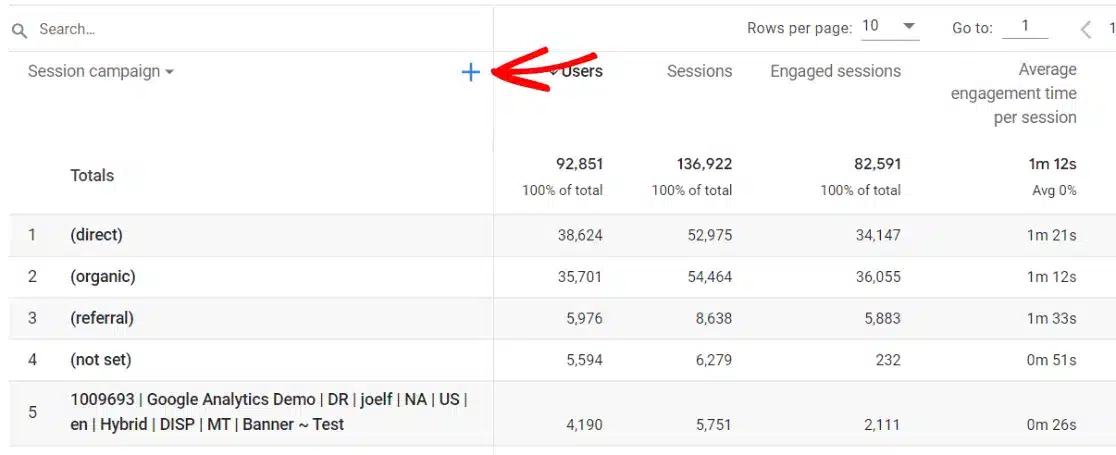
This will provide you with an enhanced perspective, allowing you to identify the specific traffic sources and channels driving visits from your QR code initiatives.
Search for the custom parameters you defined when building the URL to locate the data specific to your QR code efforts. This will enable you to isolate and analyze the metrics associated with your QR code campaigns.
By leveraging your QR code tracking insights, you can make data-driven decisions to optimize your marketing strategy and drive greater success.
Frequently Asked Questions
What is QR code tracking with Google Analytics?
Tracking QR codes with Google Analytics means using Google Analytics to see how many people are scanning your QR codes and what they do after scanning.
How do I start tracking QR codes with Google Analytics?
To start tracking QR codes with Google Analytics, you first need to ensure your QR codes link to a webpage that you can track with Google Analytics. Then, you use a tool like EaxctMetrics to create a custom UTM URL and direct your QR code to that link. When someone scans your QR code, Google Analytics will record the visit.
Can I see how many people scanned my QR code?
Once you’ve set up tracking for your QR code, you can see how many people have scanned it and what they did after scanning. This is done through your Google Analytics account or through the ExactMetrics campaigns report.
What if I want to track different QR codes separately?
You can do that if you have multiple QR codes and want to track them separately. Each QR code should have a unique URL so that you can track their individual performance.
That’s the end of this tutorial on QR code tracking with Google Analytics.
If you like this article, be sure also to read:
- Tracking Google Analytics Campaigns (How-To Guide)
- Ultimate Guide to WordPress Conversion Tracking (GA4)
- 30 Epic Marketing Hacks for Explosive Traffic Growth
Not a user of ExactMetrics? Today is the day to start!
Don’t forget to follow us on X and Facebook to see all the latest Google Analytics tutorials.

